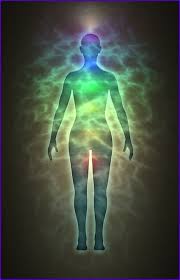प्रपञ्चो यदि विद्येत निवर्तेत न संशयः ।
मायामात्रमिदं द्वैतमद्वैतं परमार्थतः ॥… १।१७
prapañco yadi vidyeta nivarteta na saṃshayaḥ |
māyāmātramidaṃ dvaitamadvaitaṃ paramārthataḥ ||… 1.17
Gaudapada: If the perceived manifold were real then certainly it would disappear. This duality (that is cognized) is mere illusion (māyā). Non-duality is (alone) the Supreme Reality.
Shankara: If the knowledge of non-duality (turīya) be possible after the disappearance of the perceived manifold, how could non-duality be said to exist (always) while the perceptual manifold remains? This is explained thus: This would have been true if the manifold really existed. This manifold being only a false imagination, like the snake in the rope, does not really exist. There is no doubt that it would (certainly) disappear if it really existed. The snake imagined in the rope, through false conception, does not really exist and therefore does not disappear through correct understanding. Nor, similarly, does the illusion of the vision conjured up by the magician exist and then disappear as though a veil thrown over the eyes of the spectators (by the magician) were removed. Similar is this duality of the cognized universe called the Phenomenal or manifold (māyāmātraṃ dvaitaṃ) a mere illusion. Non-duality turīya like the rope and the magician (in the illustrations) is alone the Supreme Reality. Therefore the fact is that there is no such thing as the manifold about which appearance or disappearance can be predicated.
Nikhilananda: The manifold does not exist in the sense of a separate Reality. If it had any such existence then alone could it obstruct the eternally non-dual nature of the turīya by the appearance (of the manifold). If anyone says that the manifold disappears, that is only because he believes in its reality. But this is not the Truth, because the appearance of the manifold is only an illusion and not a reality.
People say that duality disappears only because they believe in its reality. But really duality does not exist, therefore it does not disappear. If anyone believes in the reality of such illusory appearance then can one believe in the reality of the disappearance.
Extracts from:
The Mandukya Upanishad with Gaudapada’s Karika and Shankara’s Commentary, Translated by Swami Nikhilananda, Advaita Ashrama, 1932. No ISBN.

